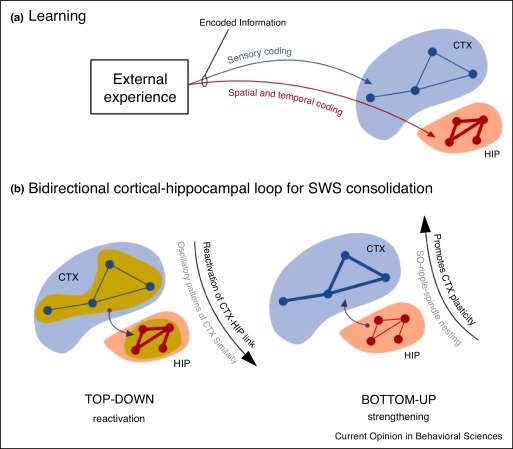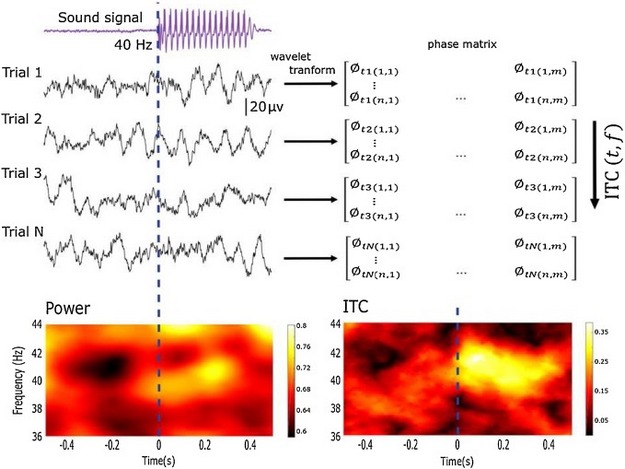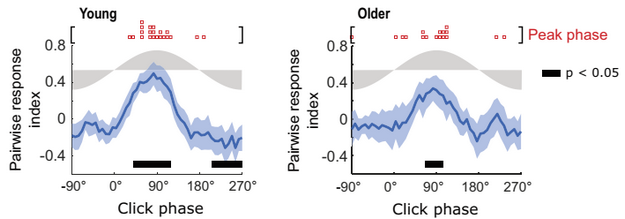Voluntary control of neural oscillations
Voluntary control of oscillatory activity represents a key target in the self-regulation of brain function. In a series of amazing experiments carried out by Juliana Corlier, we studied the effects of self-induced intracortical oscillatory activity (4–8 Hz) in seven neurosurgical patients using a real-time closed-loop paradigm and simultaneous macro- and micro-electrode recordings,.
The subjects learned to robustly and specifically induce oscillations in the target frequency, confirmed by increased oscillatory event density.
We have found that the session-to-session variability in performance was explained by the functional long-range decoupling of the target area suggesting a training-induced network reorganization.
Downstream effects on more local activities included progressive cross-frequency-coupling with gamma oscillations (30–120 Hz), and the dynamic modulation of neuronal firing rates and spike timing, indicating an improved temporal coordination of local circuits.
These findings suggest that effects of voluntary control of intracortical oscillations can be exploited to specifically target plasticity processes to reconfigure network activity, with a particular relevance for memory function or skill acquisition.
If you want to read more about this study, you can access the paper here
Corlier, J., Valderrama, M., Navarrete, M. et al. Voluntary control of intracortical oscillations for reconfiguration of network activity. Sci Rep 6, 36255 (2016). https://doi.org/10.1038/srep36255
Note: Please contact me if you’d like full-text copies of a paywalled article.




